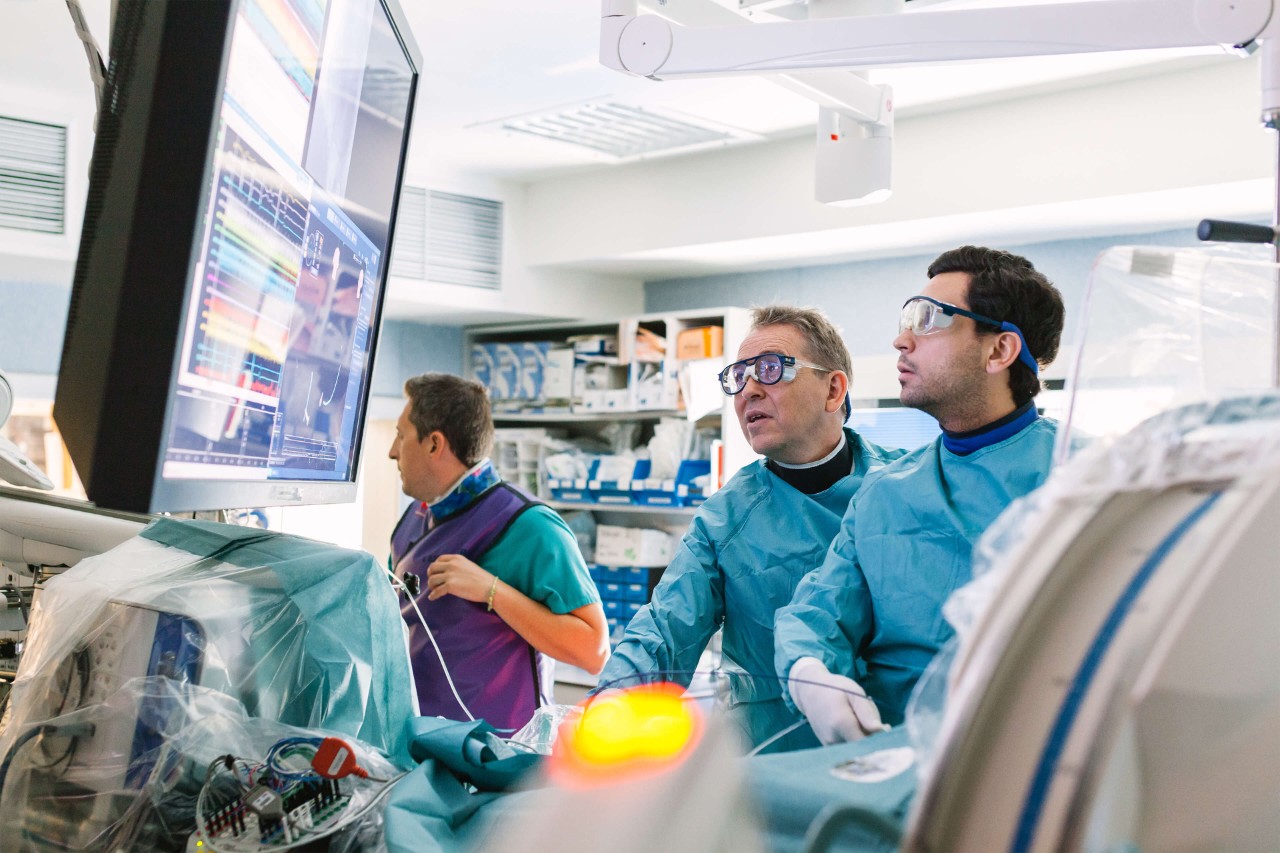5. Social media hospital reviews
Healthcare providers and regulators alike are increasingly using patient reviews collected via social media or digital surveys to identify potential issues and improve the quality of care. The immediacy of social media and its ability to spread both positive and negative messages so widely may see healthcare providers responding ever faster to customer feedback. Social media may become the feedback mechanism that leads to continual optimization of health services.
6. Digital trend monitoring
By tracking keyword activity on social media and search engines, trends towards searches for particular medical symptoms are increasingly being used to help identify and respond to disease outbreaks. This insight is of course beneficial to any organization in the health sector, but it can be useful for any employer seeking to keep their workforce healthy or well-staffed. For a large employer, accurate interpretation of the data could lead to a range of possible preparations – from the ordering of more tissues for an outbreak of the common cold to hiring additional freelance staff to fill in for employees who require sick leave. When the algorithms predict these trends accurately, the impact can be immense – but there are serious challenges to overcome.
7. Genetic engineering
While genetic engineering of human DNA to fight disease remains deeply controversial, gene therapy and the use of genetically-modified viruses to fight disease is becoming increasingly common, while genetically-modified mosquitos are also being deployed in the fight against malaria and the Zika virus.

8. Telemedicine
Mobile technology is increasingly being used to reduce pressure on healthcare systems by removing the need to travel to see a healthcare professional. Any cut to travelling time in any environment has the potential to make a positive impact on productivity. But telemedicine is likely to have the most transformative effect on more remote communities, where conducting remote assessments of patients via mobile phones is beginning to provide access to medicine for some of the world’s poorest people at a fraction of the cost of providing roving doctor services. According to the International Telecommunications Union, an agency of the United Nations, there are more than 7 billion mobile subscriptions worldwide, up from 738 million in 2000. Globally, 3.2 billion people are using the Internet, of which two billion live in developing countries.
This trend has enabled the development of creative solutions that leverage the ability of connected technologies to reach people who would otherwise find it difficult to access healthcare information.
9. Surgical robots
As well as enabling more precise surgery, which speeds up recovery time, the use of robotic surgical equipment can enable specialist surgeons to treat patients thousands of miles away, reducing the need to travel for treatment. In time, they may be able to operate independently.
10. 3D bioprinting
The ultimate medical dream has come closer to reality – in February 2016, researchers at the Wake Forest Institute for Regenerative Medicine announced that they have successfully implanted 3D printed bone, muscle and tissue into animals. By using DNA analysis, we’re approaching the age of custom-made replaceable body parts. It’s not just replacement – perhaps the future may present us with the possibility of customized body parts that could even improve functionality.
What does all this mean for employers?
Providing for the healthcare needs of an older workforce will require new solutions to keep down the cost of accessing healthcare and to limit the lost productivity triggered by health issues. Recent research in the Journal of Occupational and Environmental Medicine even suggest that businesses with strong health and wellness programs perform better than those without.
Summary
Organizations that choose to embrace health technologies could contribute to a healthier population at large and help their bottom line.


